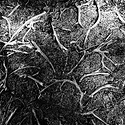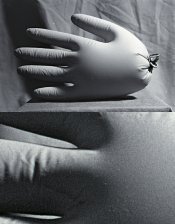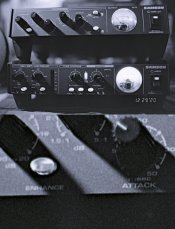Hi all,
Im about to mix up some Pyrocat M for the first time (I have never used Pyro before), and I’m curious to know other folks experiences. I’ve read M has a slight loss in film speed compared to HD... but what is slight?
Furthermore, Im intending to develop in Jobo drums (rotary on Jobo machine) and in Patterson tanks (hand). I’m using TMax 400 so exposure and dev times for that film is of particular interest.
Also, as far as I know there is a few variations of Pyrocat M, and I guess the specific variation might be of importance when it comes to dilutions and times.
Cheers
Peter
Im about to mix up some Pyrocat M for the first time (I have never used Pyro before), and I’m curious to know other folks experiences. I’ve read M has a slight loss in film speed compared to HD... but what is slight?
Furthermore, Im intending to develop in Jobo drums (rotary on Jobo machine) and in Patterson tanks (hand). I’m using TMax 400 so exposure and dev times for that film is of particular interest.
Also, as far as I know there is a few variations of Pyrocat M, and I guess the specific variation might be of importance when it comes to dilutions and times.
Cheers
Peter













